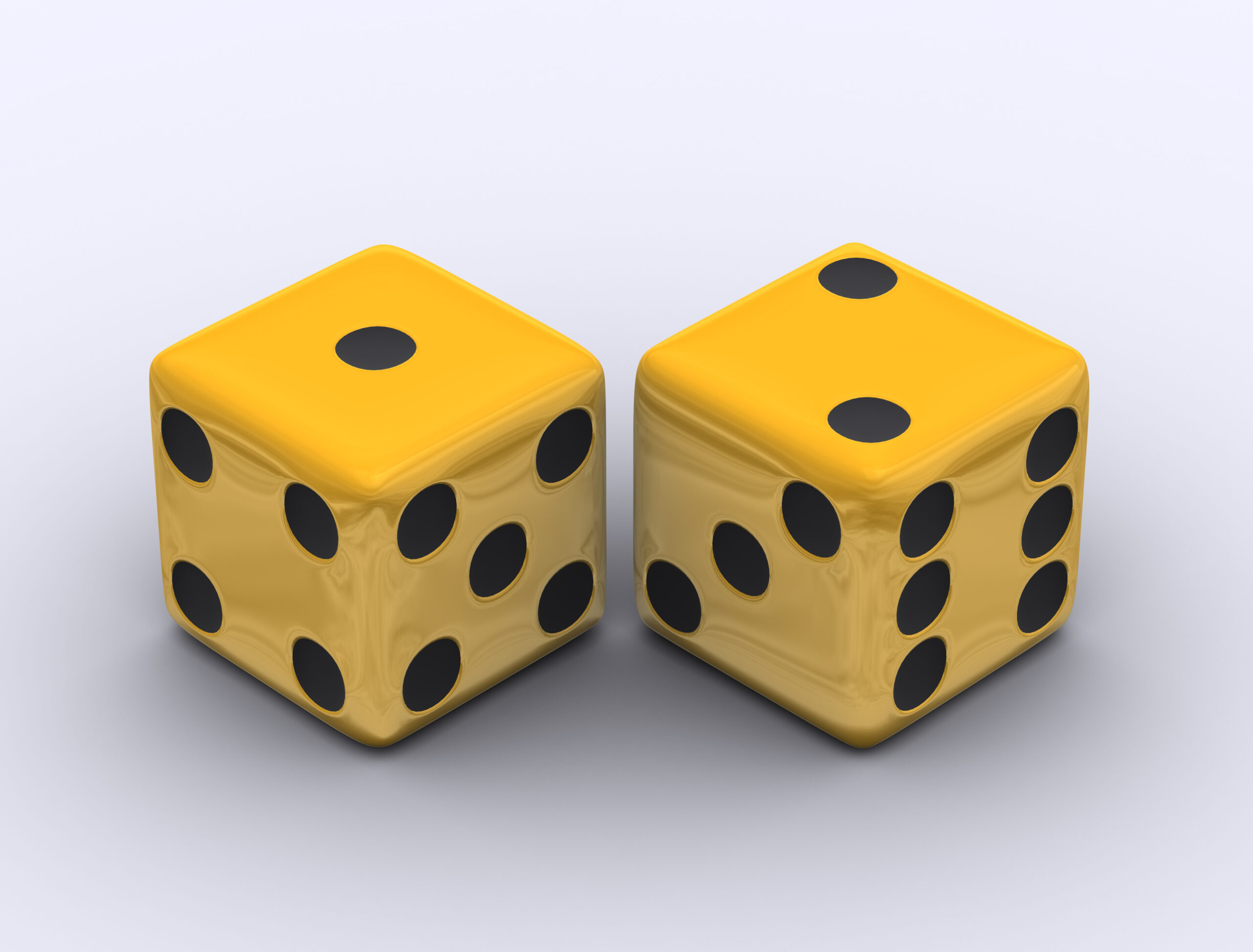He was born on a Friday so his name is Karma.
Karma Sherpa, our driver from Soho (South of Houston in New York) to the refreshed Laguardia airport last Friday, coincidentally, is a member of the famous Everest-guiding Nepalese. The Sherpa tribe is just a half-percent of the 30 million people in Nepal. Karma’s dad is a retired Everest guide (who wanted his kids to find another living).
The practice of naming Nepalese children for the day of birth – meaning you’ve got seven names and lots of nicknames – has given way with time to new practices but Karma related a funny story. He and two brothers and two cousins were visiting a venue requiring ID and they all pulled out driver’s licenses with the same name. Karma Sherpa.
Those are things I didn’t know.
What surprised me most on this trip to the big city was what the investor-relations team at a major broker-dealer didn’t know. And maybe it doesn’t matter. You tell me at the end of this edition of the blog.
I mentioned the change to round-lot rules, about which I wrote here last week, expecting that a broker-dealer would know. Nope.
“You know what high-frequency trading is,” I said.
Blank stares from young faces.
“The maker-taker model?”
A flat affect uniformly blinked back.
Ten years into the Regulation National Market System regime in 2017 at the September quarterly index-rebalances, the trade-size in SPY, the S&P 500 ETF tracker from State Street, was 500 shares. This year at the same time, same event, it was 100 shares. An 80% decline.
Does it matter?
Shrinking size is due in part to fractional trades. You can put a hundred bucks into Berkshire Hathaway Class A shares, the only stock to which the one-share round lot ru will apply starting in November (stocks priced over $10,000 will trade in round lots of a one share – but there’s only one of those).
But it’s mainly a byproduct of the spread. The price for buyers and sellers is never the same in stocks. Somebody or some thing sits between them and doesn’t want to own shares, so the size of the trade keeps shrinking.
If you walk into the New York On flagship store by the scaffold-shrouded Flatiron building to buy shoes, there’s a price for them. The price is the same for the buyer and the seller.
In the stock market it’s like buying black pearls in Tahiti. You’re negotiating. Kind of. There’s a difference between the price you pay for a stock and the price you see.
Suppose the stock is BCS, Barclays Plc, which closed Friday at $20.60 (but has no doubt traded at different prices since). Even if you’re willing to pay $20.60, once the stock market opens for business today, you’ll get another price that’s slightly better.
Like, $20.5984.
Now, why?
Because there’s a mandatory one-penny spread – and it could be much more than that, depending – between the bid to buy and the offer to sell. That spread is about to go to a mandatory half-penny, under a formula. More on that in the future.
So a machine from, say, Hudson River Trading “crosses the spread” to pay the seller slightly less than $20.60 and the buyer slightly more than $20.59.
Suppose that happened to you at a Farmers Market. You say, “I want those Palisade peaches for $6 per pound.”
And somebody raced between you and the vendor’s booth and paid the vendor $5.90 and sold them to you for $5.99. And the price of each peach would be different (if a machine could sell you a peach slice at a time it would, changing the price).
Does a penny matter? The seller of peaches gets no benefit. In the stock market, every trade has three parties. The buyer, the seller, and somebody between them.
And nobody cares. And almost nobody even knows anymore.
This is the maker-taker market, by the way. There’s a difference between buying (taking liquidity) and selling (making liquidity). Stock exchanges pay traders to do both things, thereby setting the best bid to buy and offer to sell.
Only half the trading occurs at exchanges. The other half occurs between broker dealers in markets you don’t see, where buyers and sellers are meeting each other between the best bid to buy and offer to sell.
Nepal is mostly Hindu but Sherpas are mainly Buddhists. Both religions believe in Karma – the future consequence of the force of one’s actions today.
Public companies use the stock market to establish fair value, to raise capital, to provide liquidity (the ability to readily monetize shares) to shareholders.
Investors use the stock market to invest in the big ideas of the future and the lasting ideas of the past.
And yet, prices and liquidity are primarily determined by parties with no interest in either the future or the past. Just the present. It’s the craziest thing in human history.
Is it important to understand how things work? It’s my belief, and maybe I’m wrong, that knowing how things work is a state of being without which you cannot know what will happen next.
If you want to know how the stock market works, it’s what ModernIR has been doing for 20 years (and which we also bring to investors now — try our new model portfolio data).




